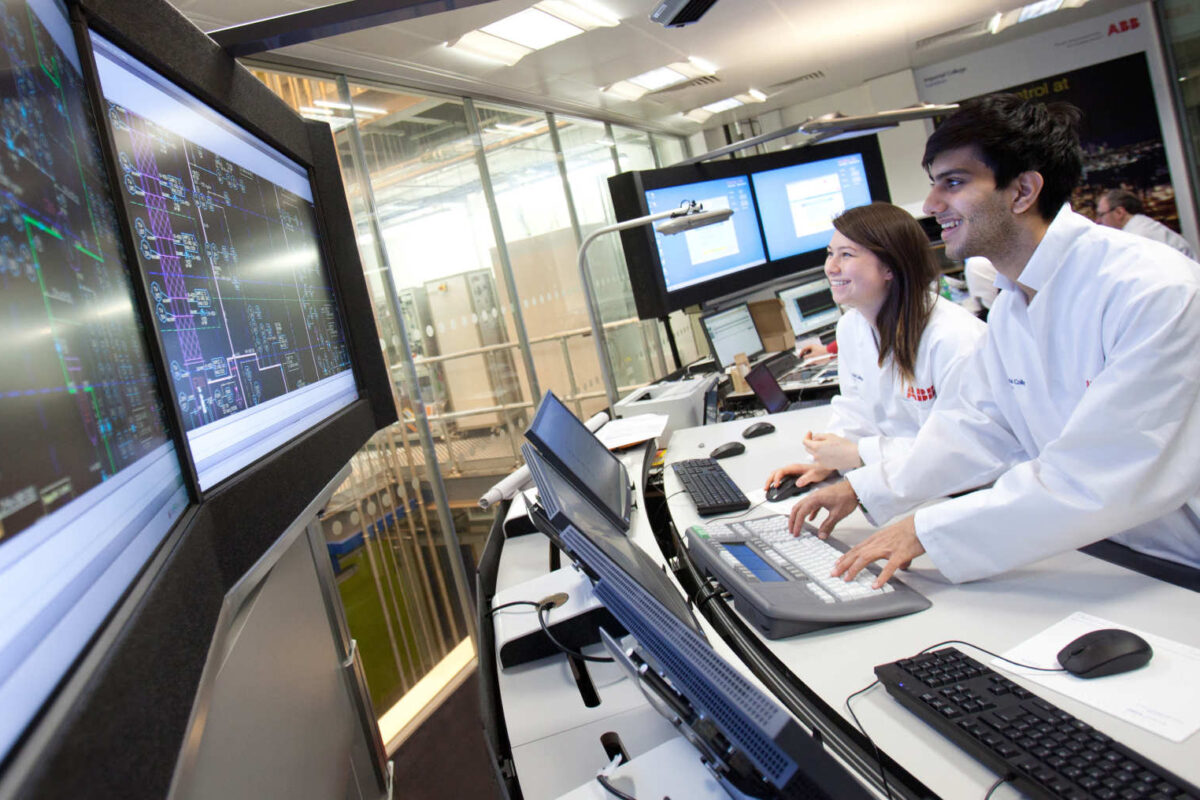Experimental research in chemical engineering and biotechnology often involves vast design spaces, expensive experiments, and competing objectives. Whether it is tuning process conditions for a reactor or screening hundreds of enzyme variants for improved activity, traditional approaches like one-factor-at-a-time or grid searches struggle to keep up with the complexity and resource demands of modern scientific challenges.
Researchers at the Sargent Centre are tackling these problems using Bayesian Optimisation (BO), a powerful, data-efficient framework that intelligently guides experimentation. BO uses a probabilistic model to estimate the behaviour of a system and strategically select the next most informative or promising experiment. This means faster optimisation with fewer resources, making it an ideal tool for both industrial and academic innovation.
The OptiML PSE group, led by Dr. Antonio del Rio-Chanona, pioneers BO for real-world optimisation problems in chemical engineering. The group has developed new BO frameworks tailored to industrial relevance, including human-in-the-loop BO, where expert judgment is embedded directly into the decision-making process [1]. In this setup, practitioners can evaluate and select from a set of algorithm-recommended experiments, ensuring alignment with process constraints and engineering intuition.
The group has also introduced methods to integrate large language models (LLMs) into the optimisation loop. These LLMs interpret text-based experimental data and replace the human expert, thus also efficiently guiding the BO workflow with expert knowledge and reasoning.
This innovative work on BO has been applied across a range of applications, including sustainable process development, reactor design [2], and catalysis, demonstrating that BO can be a cornerstone tool for digital chemical engineering.
Meanwhile, in biotechnology, BO is being harnessed to tackle similarly costly and resource-intensive problems, such as enzyme engineering and strain optimisation. This work is led by Dr. Laura Helleckes, an Eric and Wendy Schmidt AI in Science Postdoctoral Fellow. Her research integrates BO with advanced AI models to accelerate bioprocess development and enzyme discovery.
In previous case studies, BO has been used in high-throughput screening for catalytically active inclusion bodies, where it helped identify optimal catalyst variants in a fraction of the normal development time [3]. In another study focusing on PET-degrading enzymes, BO successfully balanced exploration and exploitation in a combinatorial screening with different genetic elements [4].
A key innovation for enzyme screening is the integration of protein language models, AI models trained on millions of natural protein sequences. These models can embed enzyme variants into continuous vector spaces (latent spaces), allowing BO to navigate this landscape and propose promising new variants without exhaustive screening.
Together, these efforts show how Bayesian Optimisation is reshaping experimental science. Whether in chemical engineering or biotechnology, the Sargent Centre is using BO not only to optimise systems, but to rethink how experiments are designed, thus making research more intelligent, efficient, and impactful.









